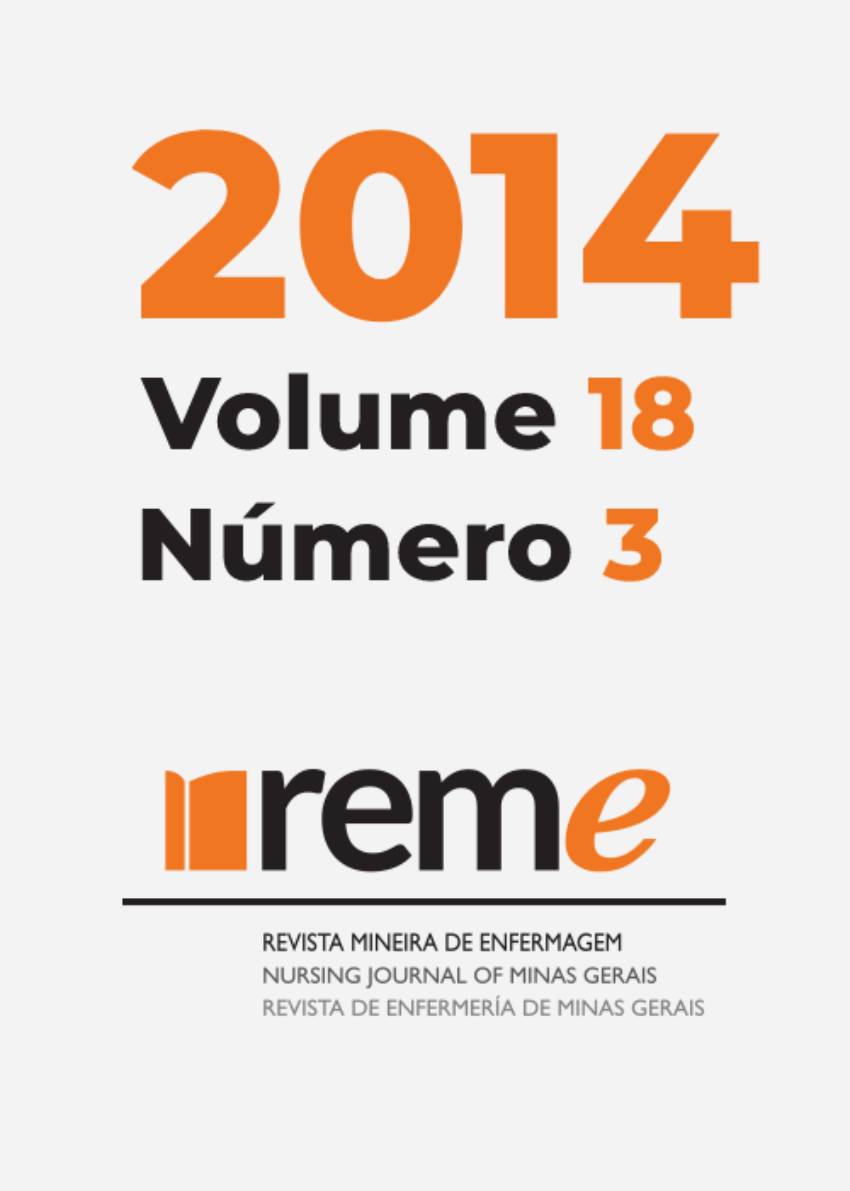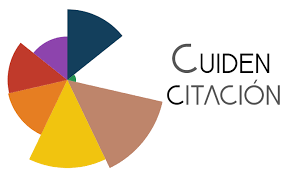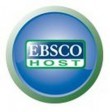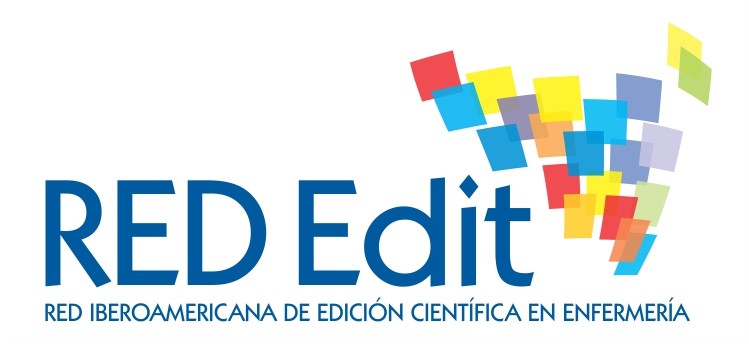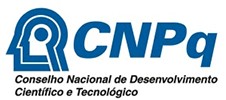Play as a tool in nursing care for hospitalized children
DOI:
https://doi.org/10.5935/1415-2762.20140054Keywords:
Child Hospitalized, Play Therapy, Nursing, Child Health, Nursing CareAbstract
The study aims at synthesizing existing knowledge about play as a tool in nursing care for hospitalized children. It is an integrative review carried out at Scopus, PubMed, Cumulative Index to Nursing and Allied Health Literature (CINAHL), Cochrane and Latin American and Caribbean Health Sciences (LILACS) databases. Among the thirteen reviewed studies, 46% used randomised clinical trial; doll therapy was most commonly used (46%), followed by toys (30%). As for the benefits of play for children, we observed improvement in negative symptoms such as pain, nausea, anxiety and depression, as well as in the relationship between the nursing staff and the child. Results showed that scientific production on the theme is incipient. The researchers stress that health benefits are closely related to the type of activity carried out; however, it is necessary to emphasize that nurses should be aware of the benefits of this type of therapy to better organize their working process.Downloads
References
1. Jansen MF, Santos RM, Favero L. Benefícios da utilização do brinquedo durante o cuidado de enfermagem prestado à criança hospitalizada. Ver Gaúcha Enferm. 2010; 31(2):247-53.
2. Leite TMC, Shimo AKK. O brinquedo no hospital: uma análise da produção acadêmica dos enfermeiros brasileiros. Esc Anna Nery Rev Enferm. 2007; 11(2): 343-50.
3. Brito TRP, Resck ZMR, Moreira DS, Marques SM. As práticas lúdicas no cotidiano do cuidar em enfermagem pediátrica. Esc Anna Nery Rev Enferm. 2009; 13(4): 802-8.
4. Cintra SMP, Silva CV, Ribeiro CA. O ensino do brinquedo/brinquedo terapêutico nos cursos de graduação em Enfermagem no Estado de São Paulo. Rev Bras Enferm. 2006; 59(4):497-501.
5. Souza MT, Silva MD, Carvalho R. Revisão integrativa: o que é e como fazer. Einstein. 2010; 8(1):102-6.
6. Mendes KDS, Silveira RCCP, Galvão CM. Revisão integrativa: método de pesquisa para a incorporação de evidências na saúde e na enfermagem. Texto Contexto Enferm. 2008; 17(4):758-64.
7. Melnyk BM, Fineout-Overholt E. Making the case for evidence-based practice. In: Melnyk BM, Fineout-Overholt E. Evidence-based practice in nursing & health care. A guide to bes tpractice. Philadelphia: Lippincot Williams & Wilkins; 2005.
8. Lima RAG, Azevedo EF, Nascimento LC, Rocha SMM. A arte do teatro clown no cuidado à crianças hospitalizadas. Rev Esc Enferm USP. 2009; 49(1):186-93.
9. Gillis, AJ. The effect of play on immobilized children in hospital. Int J Nurs Stud. 1989; 26(3):261-9.
10. Silva RCC, Oliveira ENB, Chagas MIO, Sousa SMM, Rodrigues TB, Vasconcelos DP. Reading as a method of humanized care in the pediatric neurological clinic: a qualitative study. Online Braz J Nurs. 2010; 9(2). [Citado 2012 jan. 13. Disponível em: http://www.objnursing.uff.br/index.php/nursing/article/ view/j.1676 4285.2010.3002/677
11. Melnyk BM, Crean H, Feinstein NF, Fairbanks E. Creating opportunities for parent empowerment: program effects on the mental health/coping outcomes of critically Ill Young children and their mothers. Pediatrics. 2004; 113(6):597-607.
12. Li HCW, Lopez V, Lee TLI. Psychoeducational preparation of children for surgery: the importance of parental involvement. Patient Educ Couns. 2007; 65(1):34-41.
13. Fontes CMB, Mondini CCSD, Moraes MCAF, Bachega MI, Maximos NP. Utilização do brinquedo terapêutico na assistência à criança hospitalizada. Rev Bras Educ Esp. 2010; 16(1):95-106.
14. Li HCW, Lopez V, Lee TLI. Effects of preoperative therapeutic play on outcomes of school age children undergoing day surgery. Res Nurs Health. 2007; 30: 320–32
15. Li HCW. Evaluating the effectiveness of preoperative interventions: the appropriateness of using the children’s emotional manifestation scale. J Clin Nurs. 2007; 16(10):1919-26.
16. Li HCW, Lopez V. Effectiveness and appropriateness of therapeutic play intervention in preparingchildren for surgery: a randomized controlled Trial study. JSPN. 2008; 13(2):63-73.
17. Li HCW, Chung JOK, Ho EKY, Chiu SY. Effectiveness and feasibility fusing the computerized interactive virtual space in reducing depressive symptoms of Hong Kong Chinese children hospitalized with cancer. J Spe Pediatr Nurs. 2011; 16(1)190–8.
18. Madden JR, Mowry P, Gao D, Cullen PM, Foreman NK. Creative arts therapy improves quality of life for pediatric brain tumor patients receiving. J Pediatr Oncol Nurs. 2010; 27(3):133-45.
19. Furtado MCC, Lima RAG. Brincar no hospital: subsídios para o cuidado de enfermagem. Ver Esc Enferm USP. 1999; 33(4):364-9.
20. Maia EBS, Ribeiro CA, Borba RIG. Compreendendo a sensibilização do enfermeiro para o uso do brinquedo terapêutico na prática assistencial à criança. Rev Esc Enferm USP. 2011; 45(4):839-46.
21. Pivetta AD, Argenta C, Zanatta EA.Utilização do lúdico como coadjuvante do cuidado prestado pela enfermagem na pediatria. Rev Conexão UEPG. 2011; 7(1): 60-9.
22. Polack PG, Buckhorn E, Damião C. O brinquedo terapêutico e seu uso pela enfermagem pediátrica na assistência hospitalar: um encontro com a literatura. Cad Centro Univ São Camilo. 2005; 11(2):19-27.
Downloads
Published
Issue
Section
License
Copyright (c) 2014 Reme: Revista Mineira de Enfermagem

This work is licensed under a Creative Commons Attribution 4.0 International License.

